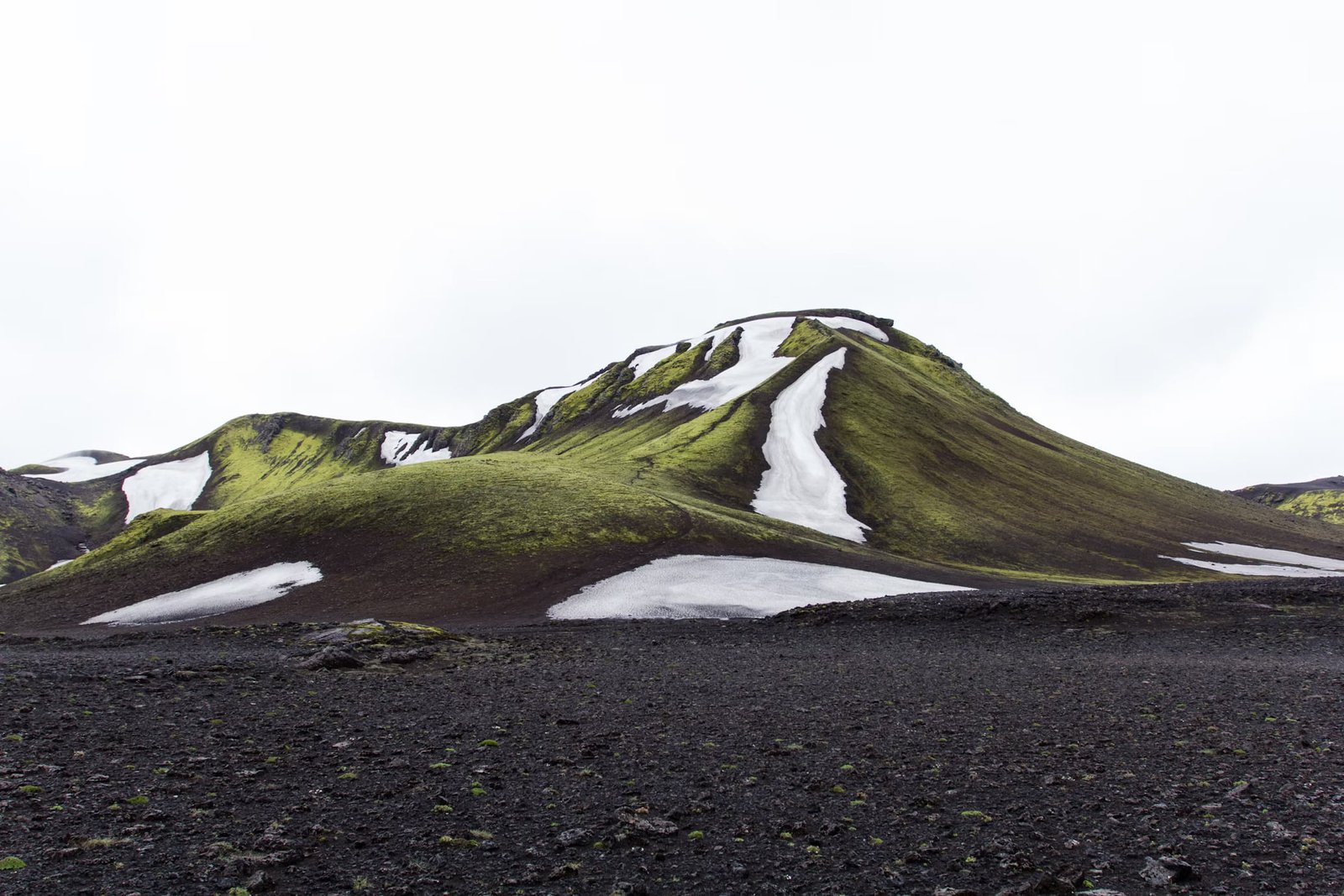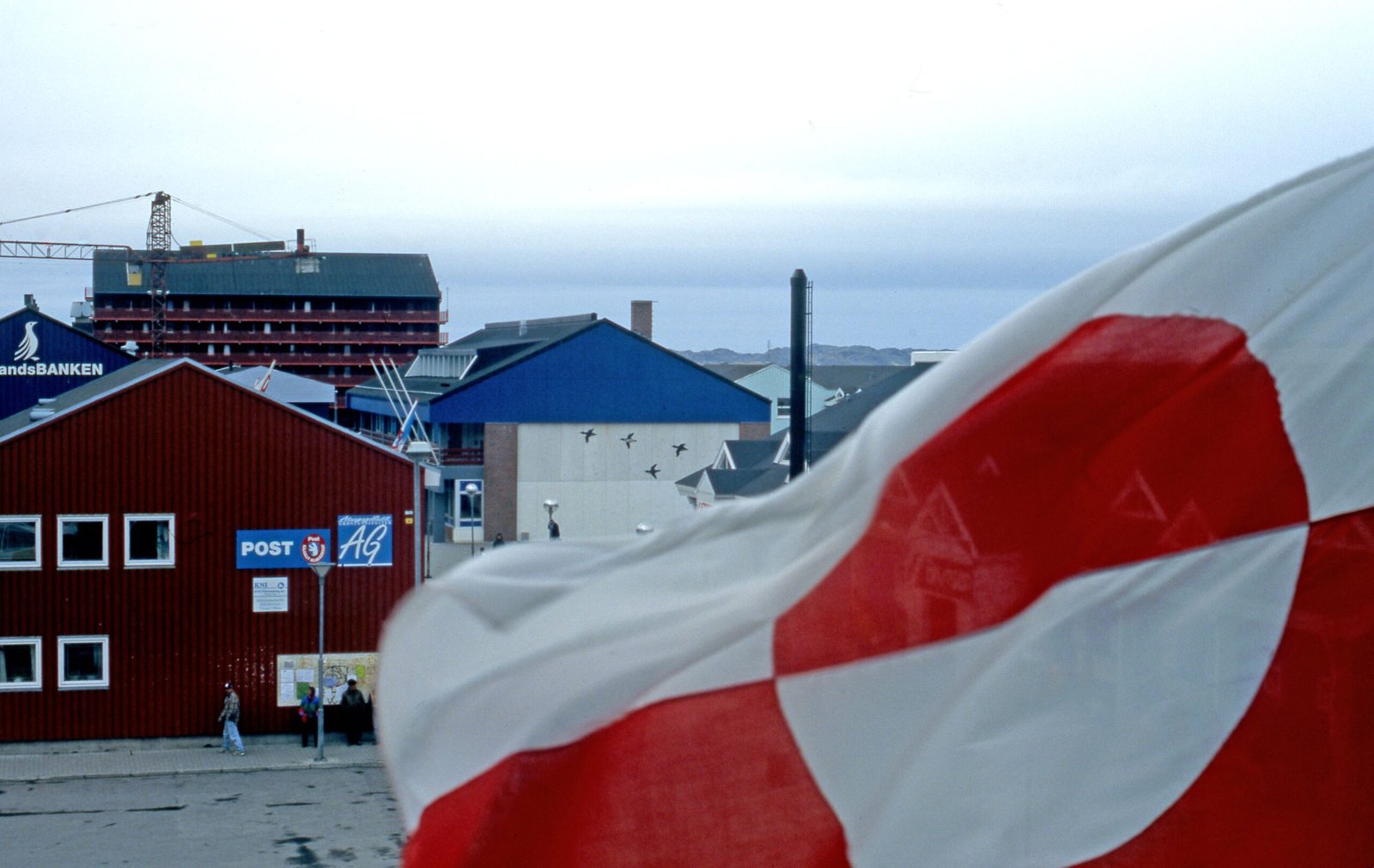Surtsey added to the UNESCO World Heritage list on July 7, 2008, is one of Iceland’s youngest islands. Its name was inspired by the Norse fire giant Surtur. The island was formed by a volcanic eruption in early November 1963, emerging from the sea 18 km southwest of Heimaey and 32 km off the southern coast of Iceland. Here Open in Google Maps.
The initial eruption sent ash clouds soaring nearly 9,146 meters into the sky, visible from Reykjavík on clear days. The eruption lasted almost four years, ending in 1967, and created an island rising 150 meters above sea level, covering nearly 3 square kilometers (about 2 square miles). Although the island experienced early erosion from the sea, it has since become a valuable natural laboratory for studying ecological succession and how plant and animal life colonize new land, providing crucial insights into biological processes.

Access to Surtsey is restricted to scientists to maintain its pristine condition. For those interested in learning more, the Eldheimar Museum in Heimaey, located in the Westman Islands, features exhibitions on the volcanic eruption that formed Surtsey, along with interactive displays about the island’s formation and ongoing research. Additionally, boat tours around Surtsey are available through various companies, typically departing from the Westman Islands. These tours offer a chance to see the island from the sea, with guides providing insights into Surtsey’s geological and biological importance.




